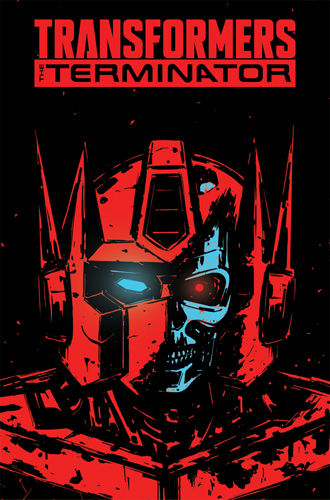Anime Film & Manga Review: Voices of a Distant Star
- Very Average Joe
- Jul 28, 2021
- 3 min read
Updated: Jun 1, 2025
English Title: Voices of a Distant Star
Japanese Title: ほしのこえ [lit. star’s voice]
Director(s): Shinkai Makoto
Screenwriter(s): Shinkai Makoto
Studio: CoMix Wave
Released: 2002
Runtime: 25m
Starring: Shinohara Mika, Shinkai Makoto
Voices of a Distant Star is an OVA short film and one of Shinkai’s earlier works. Like most of his later works, it explores love and friendship.

In the near future, Earth discovers signs of an advanced alien civilization that could be a threat. The UN is to send a fleet to explore and deal with said threat, relying on some form of conscription. Nagamine Mikako and Terao Noboru are two middle-school students, about 15 years old. The two are good friends and spend a lot of time together. Mikako is selected to join the fleet whilst Noboru remains on Earth.
Although the premise is sci-fi, it is not the focus of the story, merely relying on it as a device. The narrative switches between the “present” of Mikako serving on the fleet and Noboru on Earth, and their past when together on Earth. As the fleet travels further and further away from Earth, Mikako remains a girl in her mid-teens whilst Noboru continues to age normally. And as the distance between them increases, so does the time it takes for their messages to reach each other.
Those who have seen Christopher Nolan’s Interstellar (2014) will note that similarity except this was released in 2002. Interstellar is not a bad film but Voices of a Distant Star is much less ambitious, which is why it works. It does not attempt to be an epic; it simply focuses on the two main characters and shows the seemingly mundane, the “ordinary” moments that one treasures when looking back.
At a running time of merely 25 minutes, it manages the story and the central theme quite well. There is not enough time to properly show the deep connection between Mikako and Noboru, instead relying on glimpses with voiceover narration, a hint of “slice of life”. This is arguably a clumsy method but it is difficult to do better with limited time.
Obviously, there are certain liberties taken. To emphasize Mikako’s slower aging, she is always in her school uniform. Also, she continues to use a stock-standard mobile phone to send messages, so members of the fleet are presumably allowed to keep their phones. These things are not explained, the audience is simply expected to go along with them. The animation is not bad considering this is a small and low-budget project. One can still see Shinkai’s talent and style.
By emphasizing the sending and waiting of messages, Shinkai effectively conveys the associated emotions that also go back and forth, of hope, longing, desperation and resignation when trying to stay connected to the other person across space and time.
●
The manga adaptation is also written by Shinkai with the artwork by Sahara Mizu. The story is essentially the same and follows the same structure, but it does contain more material, including background expositions.
For example, one of the first things addressed is the use of phones in the fleet. Mikako mentions that priority is given to official messages, implying phones and personal messages are the norm but everything runs through the fleet’s hub.

More pertinent to the story and theme, instead of merely hints of slice of life by showing only glimpses, actual interactions between Mikako and Noboru are presented. The internal thoughts of Mikako and Noboru (equivalent to the voiceover narration in the film) are on the page as that is the means to tell this story but, with scenes containing fuller dialogue, the manga’s storytelling feels better balanced.
There is also interaction between Mikako and Noboru with others, showing their effort (or lack thereof) to move on in life, adding a realistic layer to the story. On balance, Mikako and Noboru feel much fuller as characters. This in turn makes the whole story, including the ending, better even though the entire work is in spirit the same as the film.
The artwork is well-executed and very consistent. Not surprisingly, it is more refined and consistent than the anime. I estimate the manga to be equivalent to approximately 50 minutes on the screen. It is recommended that one sees the film before reading the manga simply because this minimizes spoiling as the latter contains more material.
Be sure to subscribe to our mailing list so you get each new Opinyun that comes out!






Comments